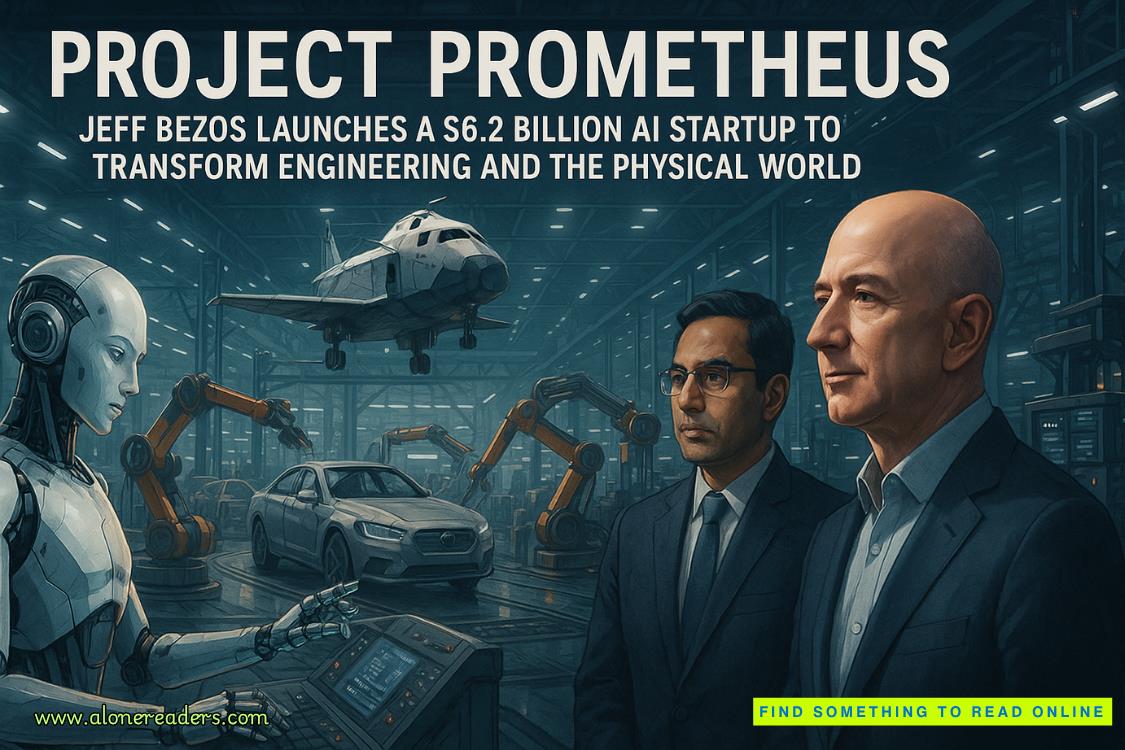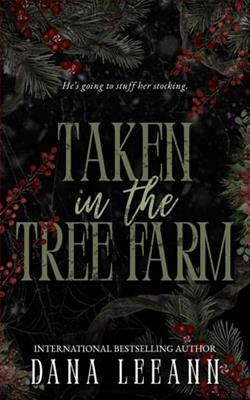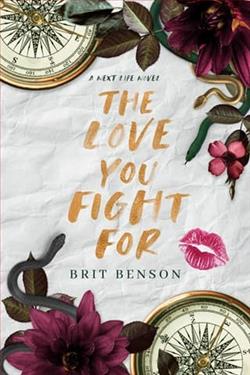Page 16 of Homeport
“Every test indicates its age is between four hundred and fifty and five hundred years. You have copies of the computer-generated photos, the chemical tests.”
“Who took them?”
“I did.”
“And the thermoluminescence process. Who conducted it?”
“I did.”
“And the dating by style is also yours. The bulk of the documentation is from your own research. You supervised the chemical tests, testing the patina and metal personally, did the formula comparisons.”
“Isn’t that why you brought me here?”
“Yes, but I also provided you with a team of experts. I expected you to make more use of them.”
“If I run the tests myself, I have more control,” Miranda said curtly. “There’s less possibility of error. This is my field. I’ve authenticated five pieces from this era, three of them bronzes, one of them a Cellini.”
“The Cellini had unassaultable documentation, and excavation records.”
“Regardless,” Miranda said with bubbling resentment. Though she imagined herself flinging up her hands, shaking her fists, she kept her arms quietly by her sides. “I ran precisely the same tests on that piece as I have on this one in order to rule out forgery. I’ve consulted with the Louvre, the Smithsonian, the Bargello. I believe my credentials are in order.”
Wearily Elizabeth leaned back. “No one is questioning your credentials, or your skill. I would hardly have called you in on this project if I doubted either.”
“Then why are you questioning them now that I’ve done the work?”
“I’m commenting on your lack of teamwork, Miranda, and I’m concerned that you formed your opinion the moment you saw the bronze.”
“I recognized the style, the era, and the artist.” As did you, Miranda thought furiously. Damn you, as did you. “However,” she continued coolly, “I conducted every standard test, then retested, and documented the procedure and the results. From these I can form an opinion, and a belief that the bronze currently locked in the safe is a depiction of Giulietta Buonadoni, cast circa late fifteenth century, and the work of a young Michelangelo Buonarroti.”
“I will agree that the style is of the school of Michelangelo.”
“The bronze is too early a work to be of his school. He was barely twenty. And only genius can duplicate genius.”
“To my knowledge there is no documentation of a bronze of this artist that supports this piece as his work.”
“Then the documentation has yet to be found, or it never existed. We have documentation of many of his pieces that are lost. Why not have a piece and not the documentation? The cartoon for the fresco for the Battle of Cascina. Lost. His bronze of Julius the Second, destroyed and melted down, many of his drawings apparently burned by his own hand shortly before his death.”
“However, we know they existed.”
“The Dark Lady exists. The age is right, the style is right, particularly in his early work. He would have been about eighteen when this was cast. He’d already carved Madonna of the Stairs, Battle of the Lapiths and Centaurs. He had already shown genius.”
Considering herself a patient women, Elizabeth merely nodded. “There is no argument that the bronze is superior work and of his style. This does not, however, prove it is his work.”
“He lived in the Medici Palace, was treated like Lorenzo’s son. He knew her. There is documentation that they were acquainted. She was often used as a model. It would be more unusual if he hadn’t used her. You knew this possibility existed when you sent for me.”
“Possibility and fact are different issues, Miranda.” Elizabeth folded her hands. “As you said on your first day here, you don’t deal in possibilities.”
“I’m giving you fact. The formula of the bronze is correct, exactly correct, X rays verify that the tool work is authentic for the era. The clay core and scrapings have been dated. The tests reveal the deep downward corrosion growth. The patina is correct. The bronze is late-fifteenth-century. Most likely the last decade.”
She held up a hand before her mother could speak. “As an expert in the field, and after a careful and objective study of the piece, it’s my conclusion that the bronze is the work of Michelangelo. All that’s missing is his signature. And he didn’t sign his pieces, with the exception of the Pietà in Rome.”
“I won’t argue with the results of your testing.” Elizabeth angled her head. “With your conclusions, however, I hold reservations. We can’t afford to let your enthusiasm weigh on either side. You’re to say nothing of this to any of the staff at this point. And I must insist you say nothing at all outside the lab. If any rumors leak to the press, it would be disastrous.”
“I’m hardly going to call the newspapers and announce I’ve authenticated a lost Michelangelo. But I have.” She placed her hands on the desk and leaned forward. “I know it. And sooner or later, you’ll have to admit it.”
“Nothing would please me more, I promise you. But in the meantime, this must be kept quiet.”
“I’m not in this for glory.” Though she could taste it, on the tip of her tongue. She could feel it, tingling in the tips of her fingers.















